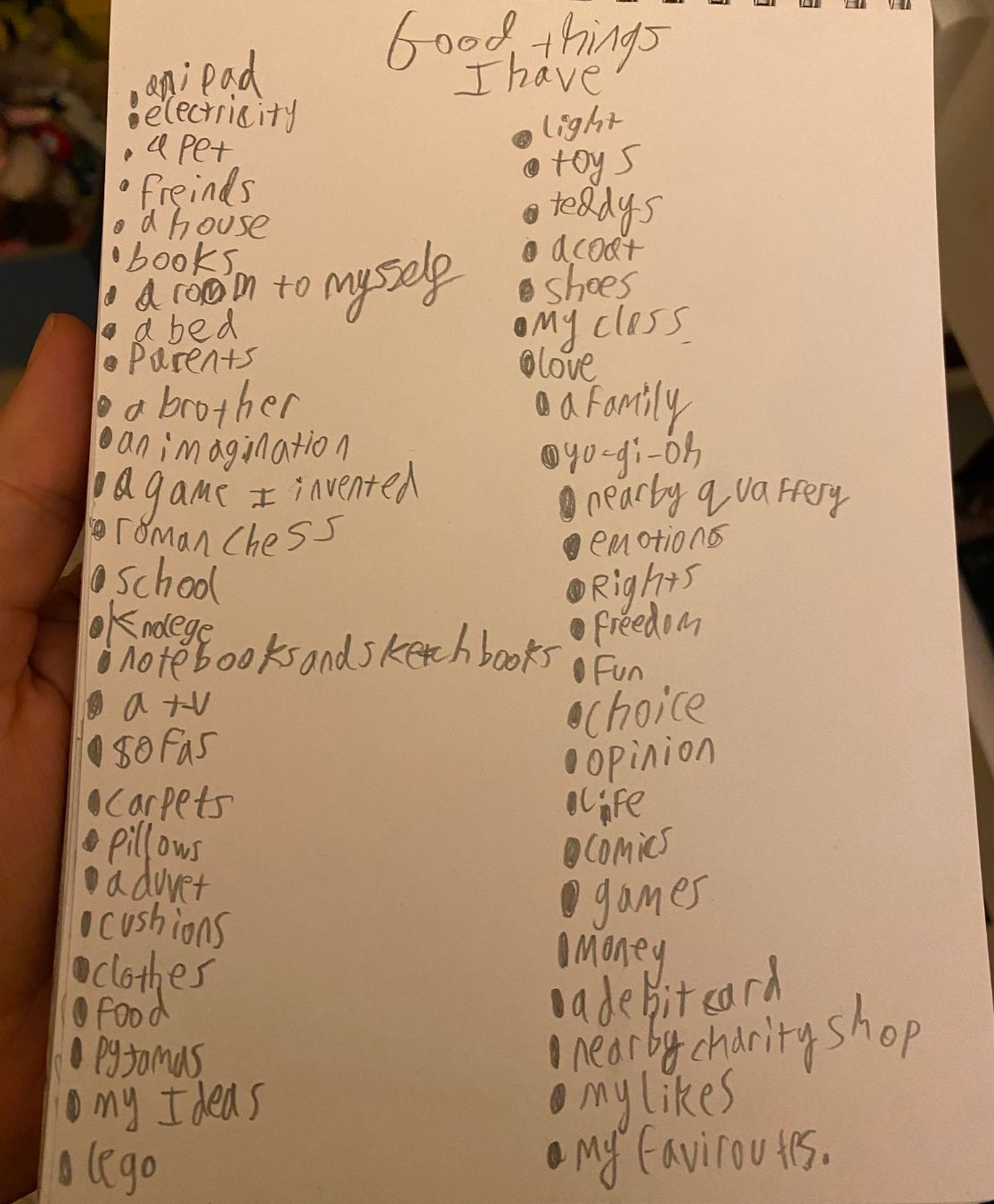In what will come as quite the shock to the system for many parents of three- and four-year-olds, primary school offer day is almost here.
The day – which falls on Monday 17 April this year – is when parents find out which primary school has offered their child (who it feels was born like five minutes ago?!) a place for the next academic year.
The good news is that the majority of kids will be offered a place at one of their preferred primary schools.
In 2022, for example, 92% of families received an offer from their first choice of primary school and 98% received an offer from one of their top three choices.
The bad news is that some children will obviously not get into the school they’d hoped for – and that leaves a bit of a headache for parents.
How will I find out which school my child has got into?
You’ll receive either a letter or email from the local council – not the school itself – about the decision. Some councils allow parents to view their results through the admissions portal or system.
There isn’t a set release time, so you’ll just have to keep your eyes peeled throughout the day.
If you receive an offer you’re happy with, you must formally accept by the given deadline. You can usually do this through the local authority’s admissions portal or system.
What happens if your child doesn’t get into the school you wanted?
Unfortunately, for some parents, it might not be the news they’d hoped for – this might be because you don’t live close enough to the school, or for some other reason. In which case, what happens next?
If you’re not offered your first-choice school, you can appeal the decision, according to government advice.
However, they suggest even if you’re appealing a decision, you should accept the offer your child did receive so they still have a school place if the appeal is unsuccessful. And don’t worry, accepting another offer won’t affect your appeal or limit other options available to you.
It’s worth bearing in mind that appeals for primary school are a little more tricky because, with infant years – such as reception, year 1 and year 2 – the law prevents a school from admitting more than 30 pupils per teacher. So it’s unlikely they’ll be able to budge much.
How to appeal a decision
If you still want to appeal, you should contact the school’s admission authority, which is responsible for organising the appeal panel. You can find this by visiting your local council website.
You’ll need to submit your appeal in writing. Instead of saying you want your child to go to a school because it’s the best in the area (which is unlikely to sway anyone), you should focus on what the school can offer that meets your child’s specific needs.
This can include what the school can offer that other schools can’t and what the impact will be on your child in not attending the school of your choice. You can find more information on the appeals process here.
The deciding panel is independent and will look at the case presented by both the admission authority and the parent before coming to a decision.
If the appeal is upheld, the admission authority must offer your child a place at the school.
If you don’t want to appeal because you don’t think you’d get very far, you can also join a waiting list for your top-choice primary school.
As with the appeals process, you should still accept the primary school offer you received so your child isn’t left in the lurch come school time.
Schools must keep a waiting list for at least one term. In some areas, your child will be automatically added to the waiting lists of the schools you ranked more highly. In others, you must ask to be put on the waiting list.
You can check the school admissions section of your local authority website to find out how it works in your area.







